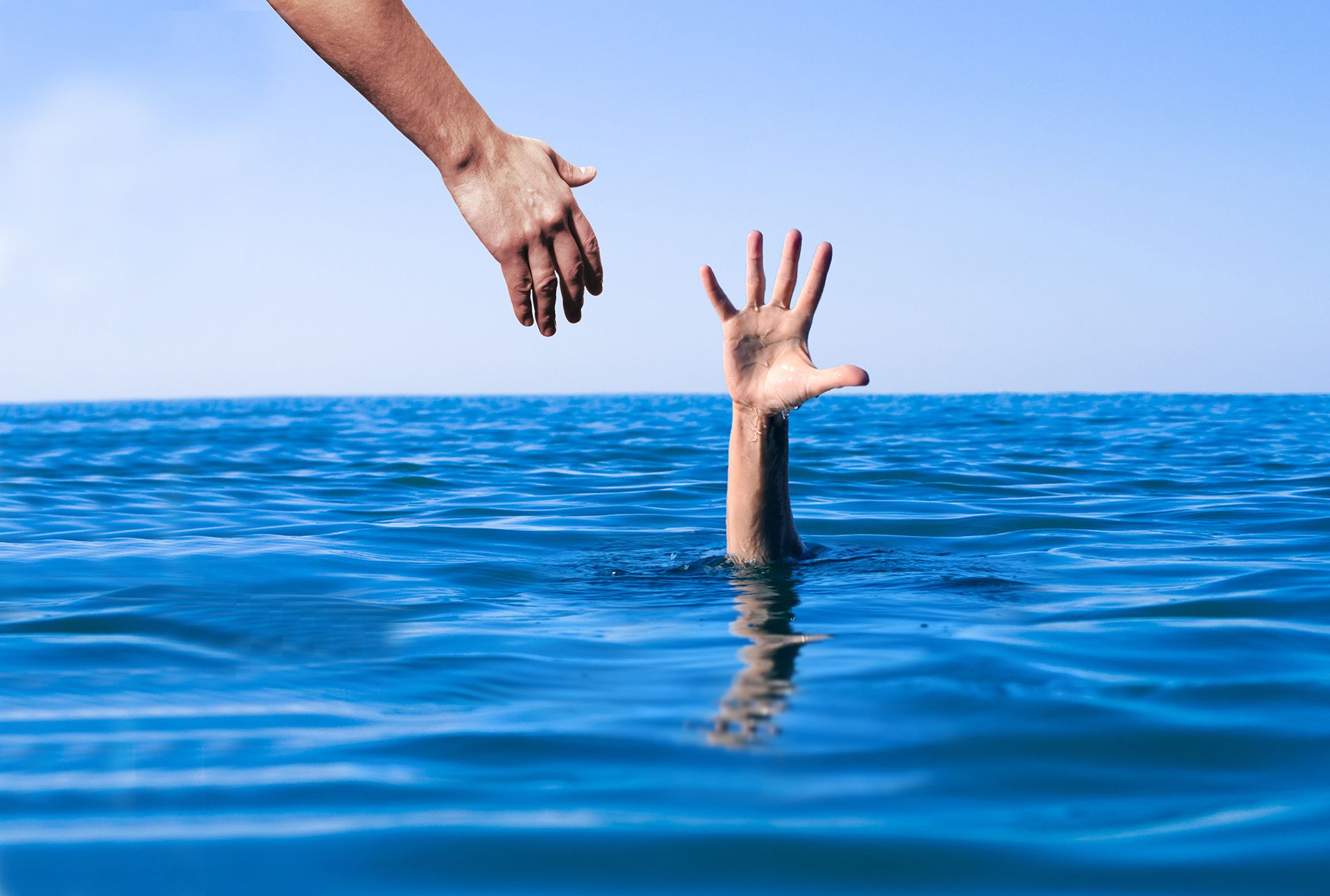EUDrowningPrevention plan by SWS

Each year almost 360,000 people die from drowning. More than half of these deaths are among those younger than 25, with children aged under 5 facing the greatest risk. Drowning is the third leading cause of of unintentional injury death worldwide for those aged from 5 to 14.
Despite these tragic facts, drowning prevention gets relatively little attention and few resources. There is far more we can do to strengthen prevention and to limit the tragic loss of life. Global commitments made as part of the Sustainable Development Goals of the 2030 UN Agenda for Sustainable Development, cannot be met as long as this preventable cause of death is left largely unchecked.
Recently the United Nations passed its first ever Resolution on Global Drowning Prevention (A/RES/75/273, April 28 2021). The Resolution proclaims July 25 each year as the "World Drowning Prevention Day" to raise awareness on the importance of drowning prevention and the need for urgent coordinated multisectoral action to improve water safety with the aim of reducing preventable deaths. In addition, the World Health Organization (WHO) has recommended that every country should put together a National Strategic Plan for safety in the water.
Safe Water Sports is a water safety organization committed to saving lives and promoting safety in aquatic environments in Greece and Cyprus. For years, we have worked tirelessly to raise awareness, implement safety measures, and reduce drowning incidents, particularly in regions that are heavily dependent on water-based activities.
Water safety is not just a Mediterranean concern—it is a European responsibility. Yet, the challenge of drowning prevention transcends borders, affecting every Member State and all its citizens. Whether in coastal areas or inland waters, the risk is ever-present. That is why the Organisation calls for a collective European response to drowning prevention, one that unites our knowledge, resources, and determination to safeguard lives.
Our ambition is to lead this initiative—to spearhead a coordinated, European-wide effort that addresses water safety through practical, measurable, and impactful actions. In Greece and Cyprus, our organization has implemented a series of successful programs.
But we can—and we must—do more.
By connecting our efforts across Europe, we have the opportunity to build a network that shares knowledge, best practices, and solutions. A European initiative on drowning prevention could set clear, measurable targets to reduce fatalities, monitor progress, and adopt minimum safety standards across the Member States. Imagine a Europe where every citizen, from the coasts of Portugal to the lakes of Sweden, can enjoy water activities without fear—knowing that their safety is prioritized by a robust, coordinated framework of prevention strategies.
As part of this initiative, we propose the creation of the EUDrowningPrevention platform, an open and inclusive space where public administrations, communities, and organizations can connect, share expertise, and learn from each other. This platform will foster collaboration, promote water safety education, and drive the development of national water safety plans tailored to the specific needs of each country.
We envision a future where every Member State has access to the tools and resources needed to protect its citizens. Our organization, with its deep expertise and experience in water safety, stands ready to lead by example and support other countries in their efforts. We offer our knowledge, our programs, and our passion to help build a safer Europe—one where drowning is no longer a silent killer. But to achieve this, we need the support of everyone—governments, institutions, and citizens alike. Together, we can turn the tide and ensure that Europe becomes a global leader in water safety. By raising awareness, setting clear goals, and fostering collaboration, we can prevent needless loss of life and protect the European way of life.
In conclusion, let us not view drowning as an inevitable consequence of our beautiful aquatic environments but as a challenge we can and must overcome. Through shared responsibility, commitment, and action, we can build a safer future for all. As an organization we urge each of you to join us in this effort and make the European initiative for drowning prevention a reality.






